Yunwushan Scenic Spot is located in Paulownia Shop in the northwest of Huangpi District. It enjoys the reputation of "Xiling Resort Area, North Chu Famous Area, Beixi Border Barrier and Handizushan Mountain". It is famous for its magnificent and overlapping mountains. It is the transitional zone between the Dabie Mountains and the Jianghan Plain and the longest mountain range in Wuhan City. It extends from east to Changling Town Mountain Boundary, south to Fujiachong Xintang in Yuanli Bay, northwest to Xiaochang. County mountain boundary. It is a mountainous natural scenic spot with 709 meters above sea level. It is the highest peak in Wuhan.
geographical environment
position
Yunwushan scenic spot is located in Paulownia shop in the northwest of Huangpi District.
Yunwushan Scenic Spot has three treasures - "Rhododendron, clay sculpture and Egret Bird". Especially the largest and longest flowering Rhododendron in Huangpi District, known as the "Kingdom of Rhododendron", is the flower of victory and passion, with the quality of "loyalty, filial piety, faith and righteousness". The clay sculpture culture in scenic spots has a long history, which began in the Tang Dynasty and flourished in the Daoguang Period. It is the representative of Chinese clay sculpture culture and art. In 1976, it was approved as "the hometown of Chinese clay sculpture" by the Ministry of Propaganda of the State. It has the saying that "there are clay figures in the north and clay figures in the south". The Egret Forest at an altitude of more than 400 meters in Yunwu Mountain attracts millions of egrets and birds to live here every spring season, flying in Bashan Lake, Tianhu Lake and mountains.
climate
Yunwu Mountain is a transitional zone between Dabie Mountains and Jianghan Plain with a total area of 25 square kilometers. The mountain has four distinct seasons and abundant sunshine. The annual average temperature is 18 C. The rainfall is abundant and the climate is pleasant.
natural resources
There are more than 150 kinds of plants, more than 600 kinds of Chinese herbal medicines and more abundant water resources, including rivers and streams, springs and waterfalls, and beaches and pools.
Landscape characteristics
The Yunwu Mountain, which enjoys the reputation of "Xiling Resort, North Chu Famous Area, Beixi Border Barrier and Handizu Mountain", is famous for its magnificent and magnificent mountains. It is the transitional zone between the Dabie Mountains and the Hanjiang Plain, and the longest mountain range in Wuhan. It is located in Paotongdian, northwest of Huangpi District, Wuhan City, 65 kilometers away from the central area of Wuhan City and Huangpi Chengguan kilometers away from Huangpi City. It is the largest scenic spot in the eight scenic spots of Mulan.
Yunwu Mountain integrates peaks, valleys, streams, pools, weirs, waterfalls, springs, streams, flowers, grasses, stones, trees, temples, ancient villages, ancient buildings and tall mountains. It belongs to the largest, deepest, most primitive, most mysterious and purest ecological forest scenic spot in Mulan tourism circle.
At the turn of spring and summer, the red and white rhododendrons in Yunwu Mountain are colorful and open all over the mountains. Like a beautiful ribbon floating in the mountains and valleys, and like a vast sea of flowers, warm and moving, can be called one of the best in China.
Yunwu Mountain also has its simplicity, beauty, peculiar local folk customs, splendid places of interest and historic sites, long-standing religious culture, magical and beautiful stories and legends, as well as ancient villages left over by the military game of past dynasties.
Main attractions
Dream Ice Museum
Located in the forest of Yunwushan Scenic Area, the Ice Sculpture Hall customizes a large-scale ice and snow carnival for teenagers and children with the background of animation and animation, using sound, photoelectricity and constant temperature control. There are Madagascar hippos, giraffes pulling cars, recent hot animated characters Dabai, Rio adventure protagonist Blue Parrot, as well as Kung Fu Panda's latest slide, pulley, ice bicycle, etc., play a lot of fun.
Yunwushan Ice Sculpture Museum is an anti-seasonal and cross-temporal amusement park in Wuhan. It has unique design and integrates visiting, amusement and experience.
A wax museum
Yunwushan Wax Museum is a wax Museum with Mulan culture as its theme, which integrates figures and entertainment. The main scenes in the museum are Mulan practicing martial arts, serving his father in the army, returning home in honor and so on. The aim is to promote Mulan culture and let the spirit of loyalty, filial piety, bravery and festival of Mulan be passed on from generation to generation. In order to attract teenagers, historical celebrity statues and some interesting entertainment projects have been added. There are more than 60 exhibits in the exhibition hall, especially figure statues. The simulation technology is very high. Some scenes are also equipped with sound. Tourists can participate in the interaction.
Drumheller
The Yunwu Mountain Dinosaur Valley, the largest simulated dinosaur theme park in China, officially opened on National Day in 2014. At the same time, the first Wuhan Dinosaur Popular Science and Culture Festival will also be launched simultaneously.
Wuhan Dinosaur Valley covers an area of 400,000 square meters. It consists of dinosaur viewing area, popular science exhibition area and interactive entertainment area. Based on the principles of scenario, three-dimensional and interactive mountain landforms, hundreds of fully simulated dinosaurs and dozens of dinosaur life scenarios are planned to be distributed in the mountains and forests. Dinosaurs can move, scream, shine, lay eggs and ride and wear dinosaurs. Props, for each visitor and audience to reproduce a magnificent, magical and magnificent picture of the life of the dinosaur era, set popular science knowledge and leisure tourism in one, strive to create a permanent brand of "Wuhan Dinosaur Valley" and establish a new benchmark of popular science tourism in Hubei.
Professor Xu Shiqiu, curator of Yifu Museum of China University of Geosciences, was hired as the chief scientist in Wuhan Dinosaur Valley. A large number of popular science educators were volunteers for popular science tourism and dinosaur enthusiasts were lecturers, which made the scenic spot thematic, professional and intelligent. Yunwu Mountain Dinosaur Valley is located in the Yunwu Mountain Scenic Area of Huangpi District. There are several kilometers of sub-primitive forest canyons between the Millennium Ancient Temple, the fairy pool of Zhulin Temple and the famous azalea scenic spot, Huayang.
The environment here is quiet, ravines are vertical and horizontal, peaks are circular, wild and interesting. The giant ancient trees in the forest sea reflect the bionic dinosaurs with different shapes, which span the Triassic, Jurassic and Cretaceous geological ages. Here, people seem to enter the ancient barren world, to experience the magic of traversing ancient and modern.
Bamboo forest temple
Located in the valley under Jiandao Mountain in the West foot of Yunwu Mountain. The monastery is situated in accordance with the situation on the mountain, with a magnificent layout, magnificent palaces and pavilions. Legend has it that the incense of its temples began in the Ming Dynasty, flourished in the Qing Dynasty and declined in the early years of the Republic of China. As early as the Tang Dynasty, there were temples built here, which were destroyed by soldiers in the Five Dynasties. In Yongle period of Ming Dynasty, monk Nengji built the Bamboo Forest Temple on the site of the original small temple.
The ancient buildings here are magnificent and magnificent, and the historical relics are colorful. The temple is surrounded by exotic bamboo. It is said that the evergreen dwarf bamboo in the four seasons was originally transformed into purple yarn on Guanyin. There are three life bridges in front of the temple. They are named after the past, present and future generations. The River under the bridge is murmuring and the fish are happy.
The vegetation on the hillside behind the temple is onion, and artemisia, shrubs and maple, willow and locust grow freely. Mountain color varies from season to season. Spring green, summer red, autumn yellow, winter white, pleasant mountain color alternates at four seasons.
Climbing the main peak of Yunwu Mountain and visiting Zhulin Temple is like entering the deep forest with cool breeze from the bright autumn sun. From the peak experience of "a panoramic view of small mountains" to the clarity and calmness of "winding paths leading to seclusion". A trip to Yunwu Mountain at this time will make your merits and virtues complete and you will have no regrets for your whole life.
Eight mile Liu brook
The Valley is about 4 kilometers long, with waterfalls roaring and willow stones densely distributed in the valley. The water in the valley is murmuring and winding, and the water and grass swaying and moss spots along the valley. The cliffs and rocks on both sides of the valley are beautiful, just like the huge bonsai carved by ghosts and axes.
The Valley is also called the Green Willow Corridor, because it covers the whole valley and covers the sky and the sun. Stepping into the depths of willows, strange stones, strange trees and ancient vines rush into the eyes immediately. The rivers in the woods are moving. The magical experience of one scene at a time makes you fall into a fairy tale forest as if by accident.
Siyuan Waterfall is S-shaped. It never freezes down all the year round and runs in all seasons. It is about 10 meters high, 1 meter wide when the water is small, and 4 or 5 meters wide when the water is large. The waterfall fell down, the sound roared and the echo of the canyon lasted for a long time.
The waterfall is connected with the deep pool, which is round and surrounded by mountains on all sides. You Tan Lianxi Valley, green hills and white waters intersect each other, in the meantime, as if in a fantastic world.
Rhododendron sea
At the turn of spring and summer, Rhododendron in Yunwu Mountain is red and white, and it blossoms all over the country, like beautiful ribbons floating in the mountains and valleys, and like a sea of flowers, warm and moving.
Legend has it that Dong Yong and the Seven Fairies are still the "red line" of this flower mountain. It is because of the tricks on the hill that seven fairies are brought to the pool and Dong Yong meets them, creating a wonderful relationship.
Most of Rhododendrons in Yunwu Mountain belong to spring and summer rhododendrons. Up to now, more than 800 wild species of Rhododendron have been preliminarily identified in the world. The colors of Rhododendron are red, yellow, white, purple, pink and so on. Our country's azalea is well-known in the world, sharing the reputation of "three alpine flowers" with primrose and gentiana.
The Tang Dynasty poet Saint Bai Juyi wrote many poems to praise the cuckoo, the most famous of which is to praise the cuckoo as "flowers in the west to apply". I remember that it was written like this: "There are two idle branches in hand, look closely at the world is not there. Flowers in this thing is Xishi, Furong Paeonia lactiflora are mothers.
In addition, there is a long poem "Pomegranate Sends to Yuan Jiu" (Yuan Zhen). Among the numerous poems describing azaleas, the poem is the most detailed in shape, the most brilliant in color, the most momentum and the highest in taste. This poem praises the azalea as the king of flowers, that is, "good and bad blue birds, as the king of flowers."
The Saddle Club
Yunwushan Equestrian Club has two outdoor equestrian venues which meet the international standards. Yunwushan Equestrian Club unique site technology, to the greatest extent to ensure the stability of the site and good water permeability, so a good guarantee of the safety of riding and horse sports. In addition, there are free ranching farms for horses, international stables, horse hospitals and saddle houses in Beijing.
At present, Yunwushan Equestrian Club has imported pure breed warm-blooded horses of different ages and levels, mainly for teaching, training and competition. At the same time, Yunwushan Equestrian Club offers ride courses at various levels for its members. Ma Hui is also equipped with a European pony Pony for children to ride, suitable for children between 5 and 15 years old to ride training. Vivid and interactive personalized course, stable and lovely European pony Pony
Tourism information
traffic
1. From Wuhan-Huanghai Expressway, Hanyi Expressway and Beijing-Zhuhai Expressway to Wuhan Outer Ring to Huangpi Mulan Yunwushan;
2. Xinrongcun Passenger Station and Zhuyeshan Station can take a special bus to Huangpi Mulan Yunwushan.
4. Hankou Railway Station can reach Mt. Mulan Yunwu by bus 292 to Huangpi Passenger Station.
Self driving line
Route 1: Hankou Zhuyeshan takes Daihuang Expressway to Huangpi to turn left, Huangxiao Highway to Dayi to turn right, Qipao Highway to Paulownia Shop and takes a special bus for 15 minutes to reach Yunwushan Scenic Area.
Route 2: Wuhan Hankou can reach Yunwushan Scenic Spot in 15 minutes by special bus from Tianhe Airport Expressway to Paulownia Dian via Qipao Highway.
Line 3: Central General Road to Hengdian and then to Zhangjiadian Interchange via Qipao Highway to Paulownia shop by special bus 15 minutes to reach Yunwushan Scenic Area.
Admission ticket
Tickets for scenic spots: 65 yuan per person
Preferential information:
Students enjoy 35 yuan per person discount on student certificates and 60-70 year old certificates
Children under 1.2 meters are exempted from tickets, and vouchers of the elderly over 70 years old are exempted from tickets.
Scenic area battery car 10 yuan / person / section tour guide explain 100 yuan / regiment / day
Opening Hours
8:00-17:30

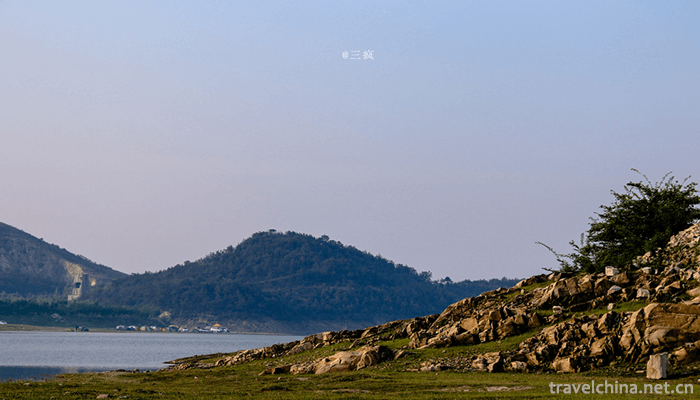


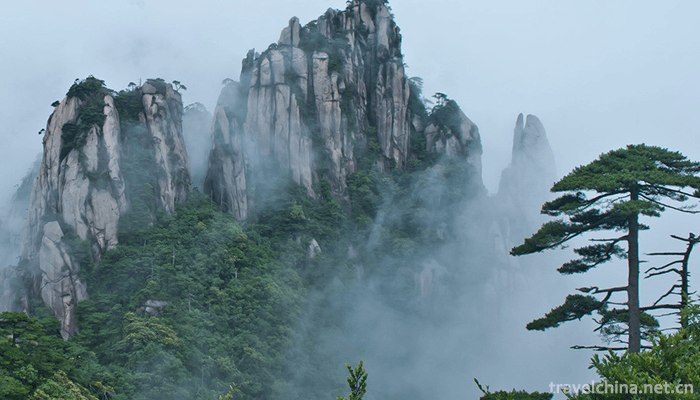
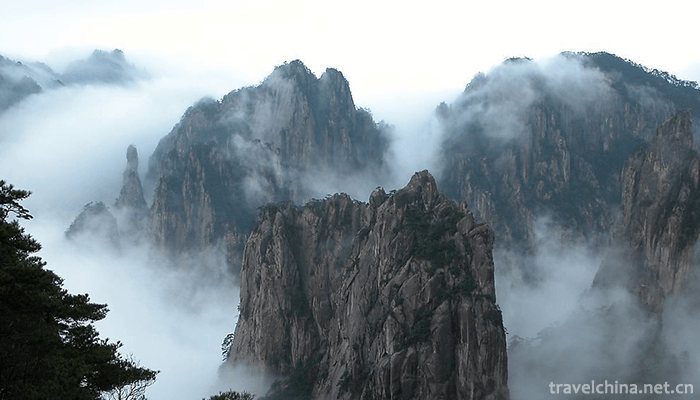
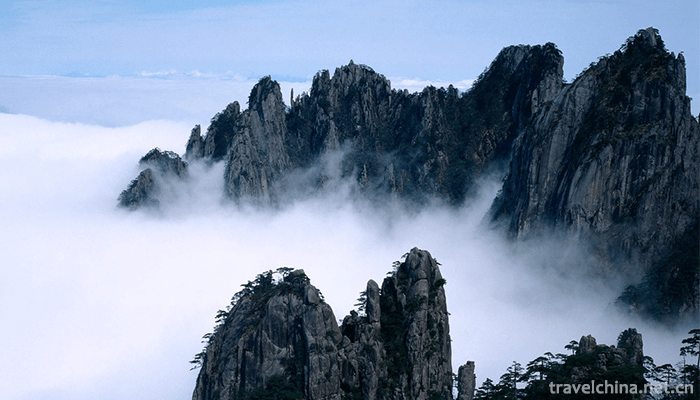
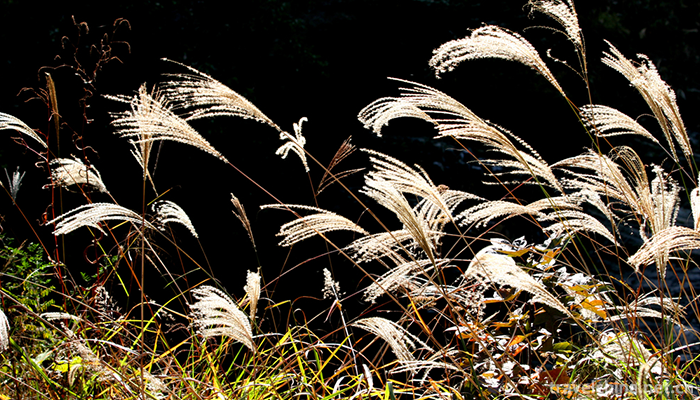
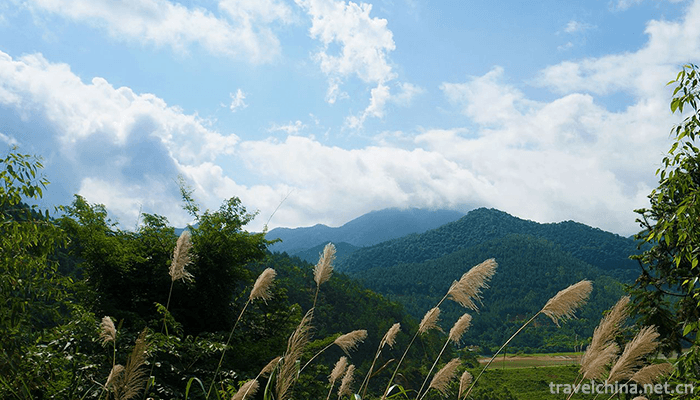

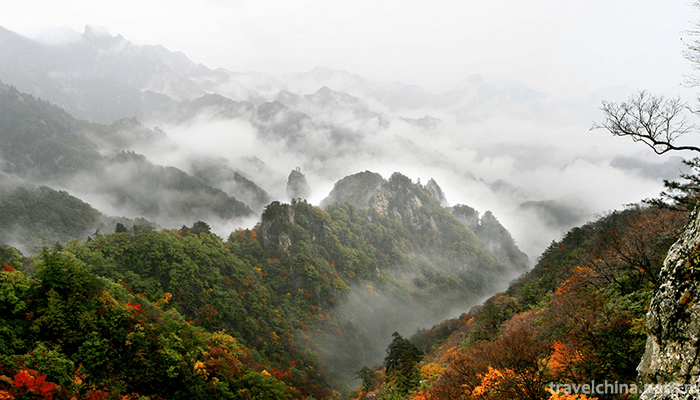

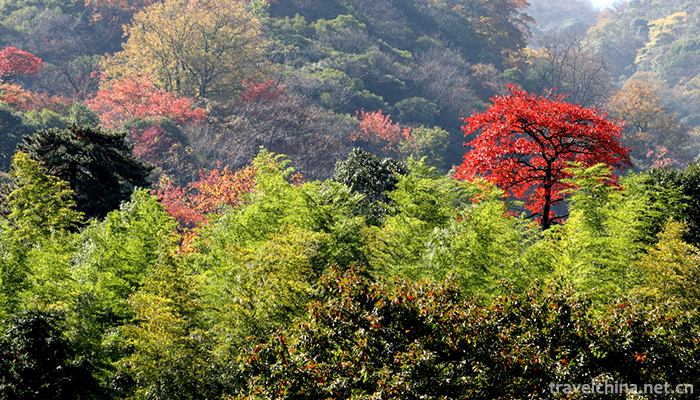
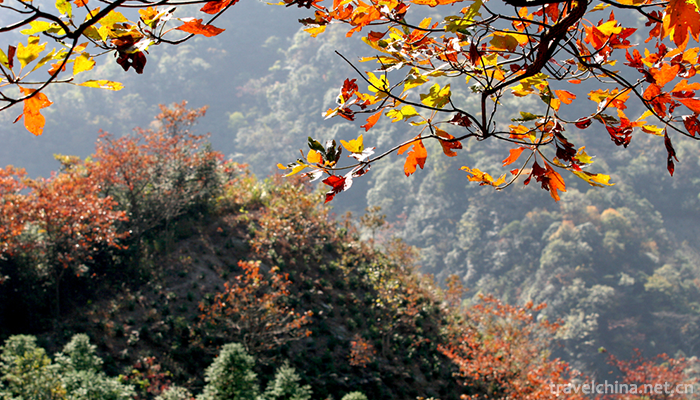
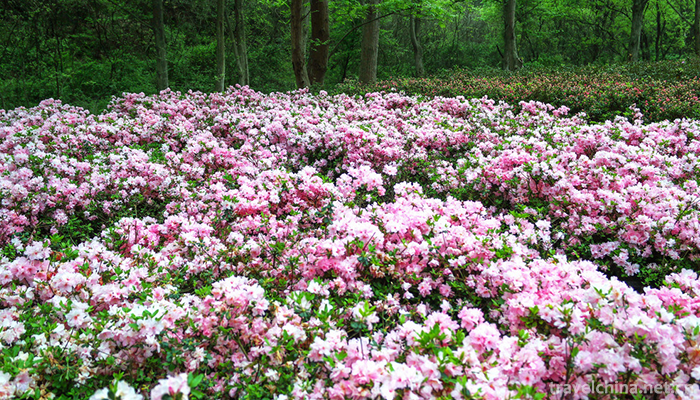
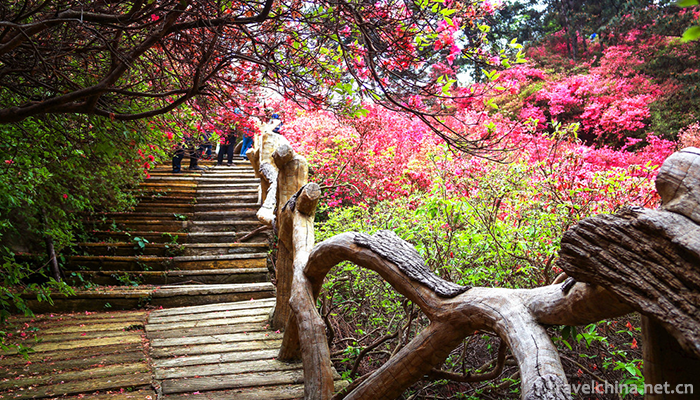
0 Questions
Ask a Question
Your email address will not be published.